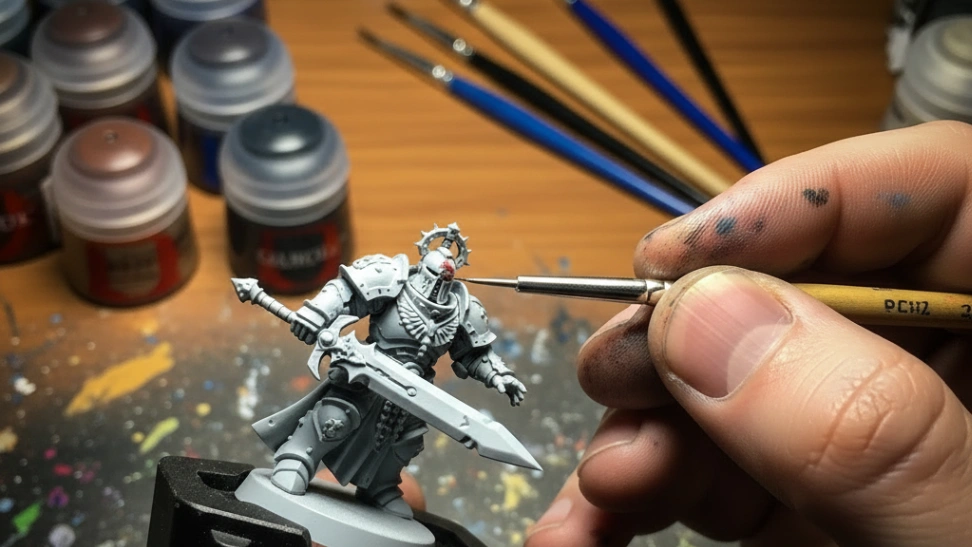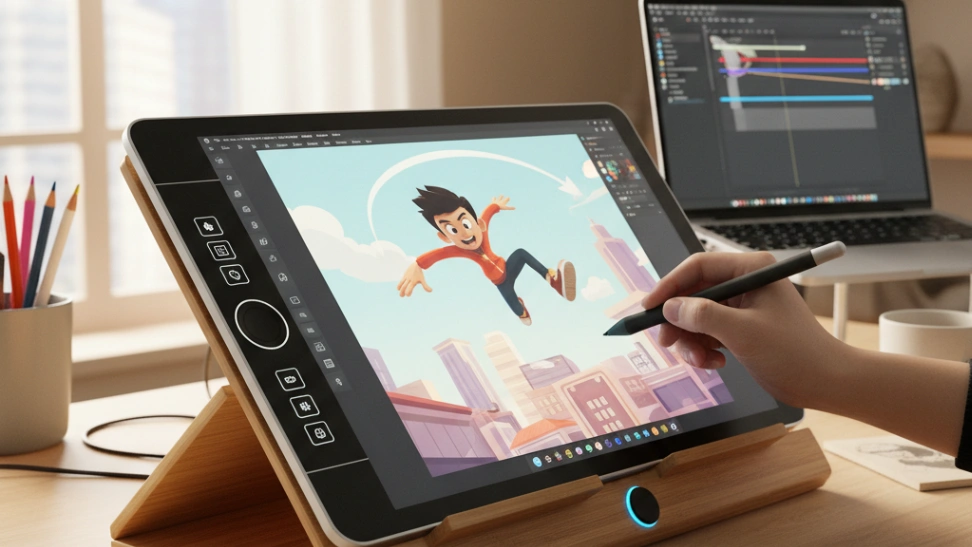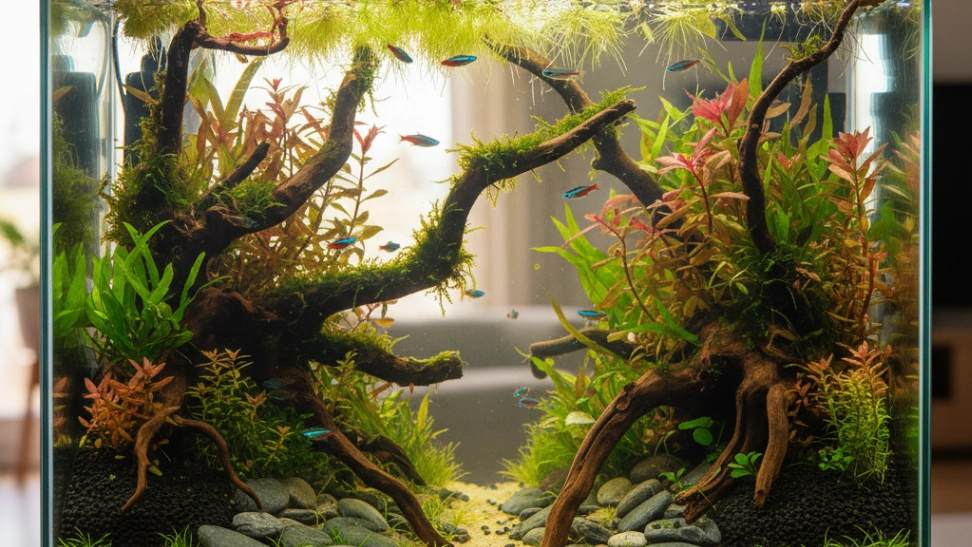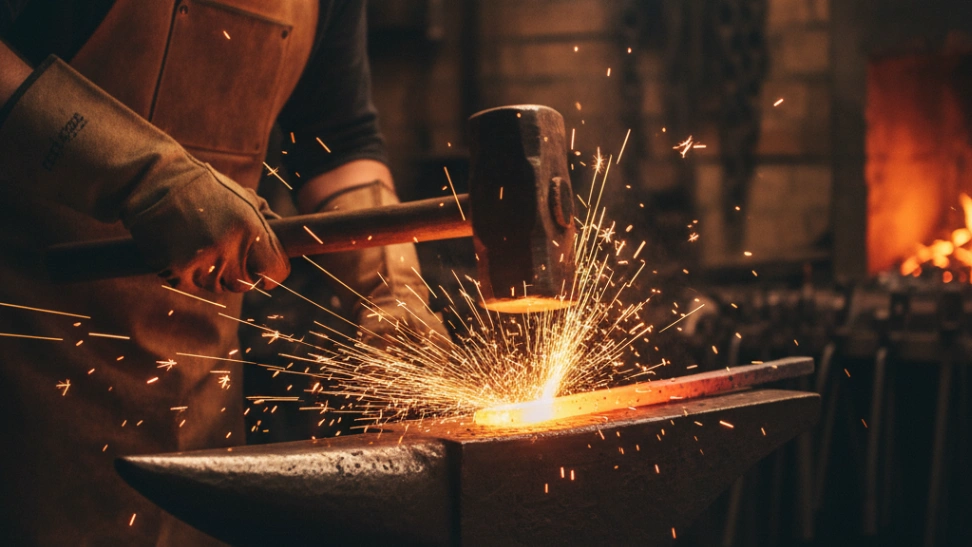Is This Hobby For You?
This hobby is ideal for patient individuals who enjoy intricate detail work and creative expression on a small scale.
Why You'll Love It
- Develops fine motor skills, patience, and artistic talent.
- Provides a relaxing and meditative creative outlet.
- Allows for deep customization of beloved game pieces and display models.
Good to Know Before You Start
- Can be a significant initial investment for quality paints and tools.
- Requires steady hands and good eyesight for detailed work.
- Can be time-consuming, with individual models taking many hours to complete.
Hobby Traits
How the community rates this hobby.
Getting Started: The Essentials
The basic requirements to begin your journey with Painting Miniatures.
Startup Cost
$150
Community-voted average
Ongoing Cost
Very Low
Monthly upkeep estimate
Essential Gear
Miniatures
The unpainted models themselves, available in various scales and materials.
Acrylic Paints
Specifically formulated for miniatures, offering a wide range of colors and quick drying times.
Brushes
A set of fine-tipped brushes in various sizes for detail work and broader strokes.
Primer Spray
A foundational coat applied before painting to help paint adhere and provide a uniform base.
Palette
A surface for mixing paints, such as a wet palette to keep paints moist longer.
Water Cup
For cleaning brushes between colors and thinning paints.
Learning Curve
Overall Difficulty: Easy
Associated Skills
Skills you can expect to develop while pursuing this hobby.
A Closer Look at the Traits
Very Calm
A deeply relaxing and meditative activity with minimal physical effort.
Purely Creative
A highly creative and expressive outlet for your imagination and artistic side.
Purely Indoors
Best enjoyed in the comfort of your own home or a dedicated indoor space.
Purely for Fun
Pursued purely for enjoyment, relaxation, and the fun of the activity itself.
Moderately Mental
Primarily a mental activity, but may have some light physical components.
Mostly Solo
Primarily a solitary activity, but with communities available to share your results.
Frequently Asked Questions
Hobby Traits
How the community rates this hobby.



